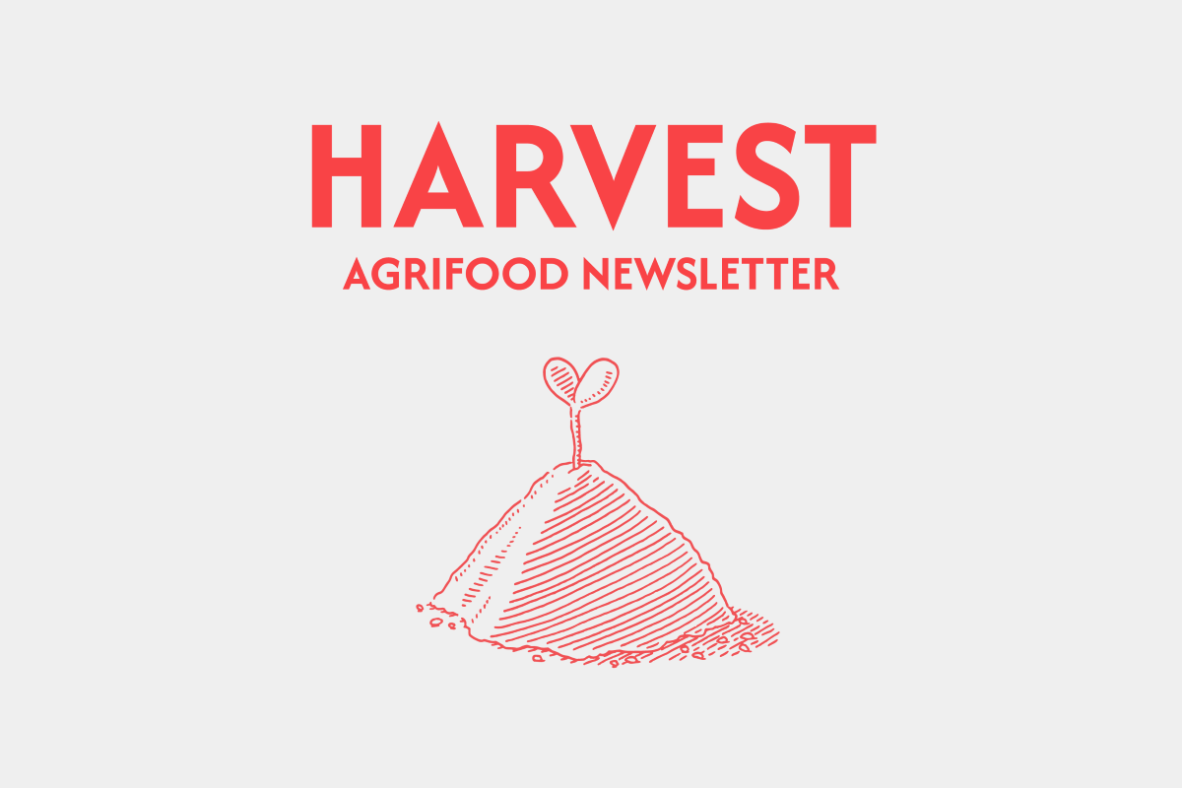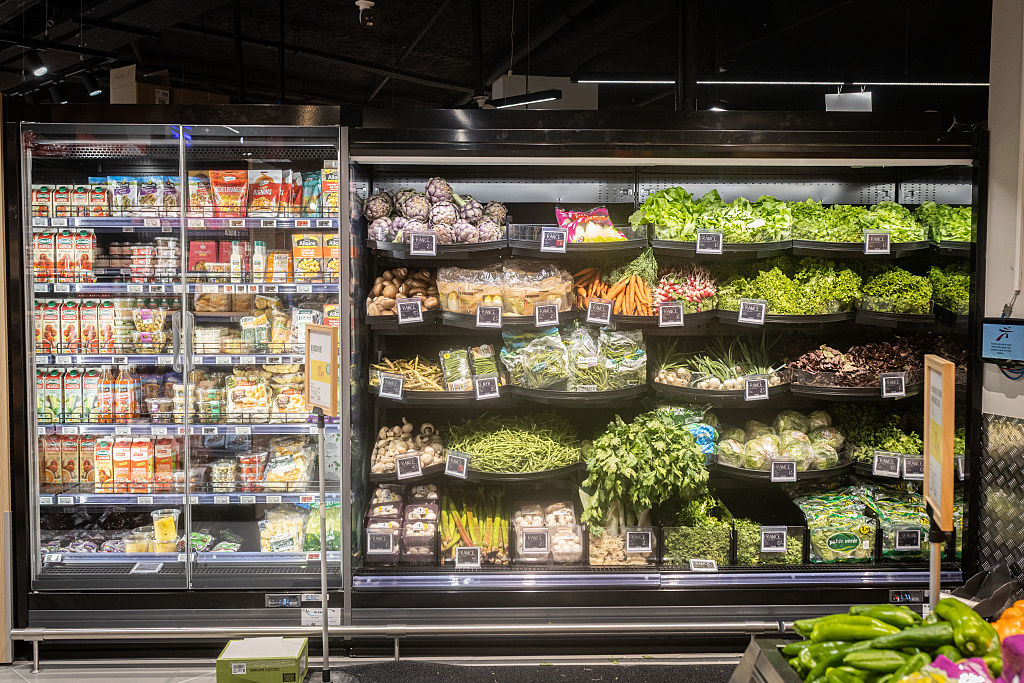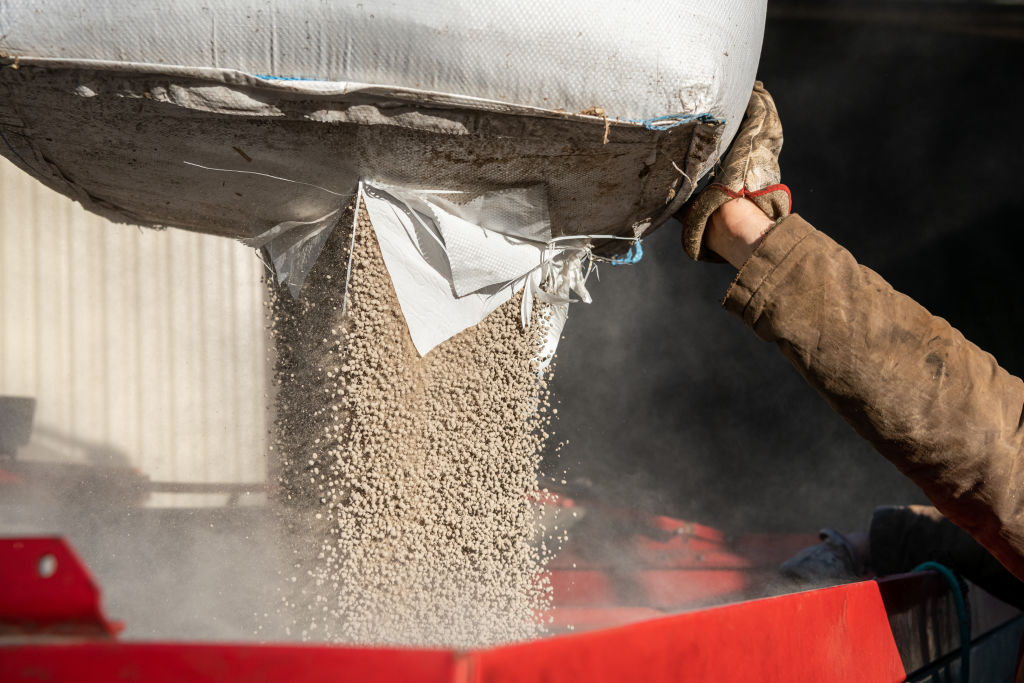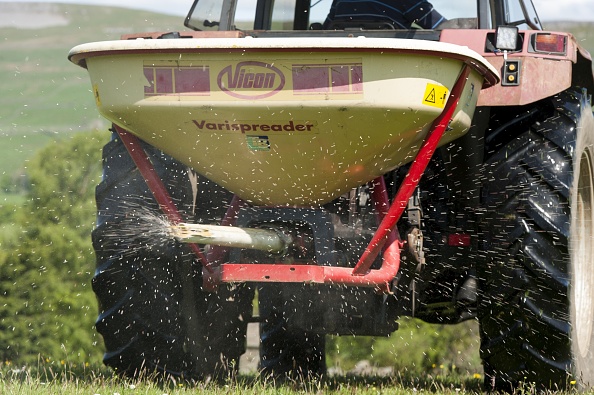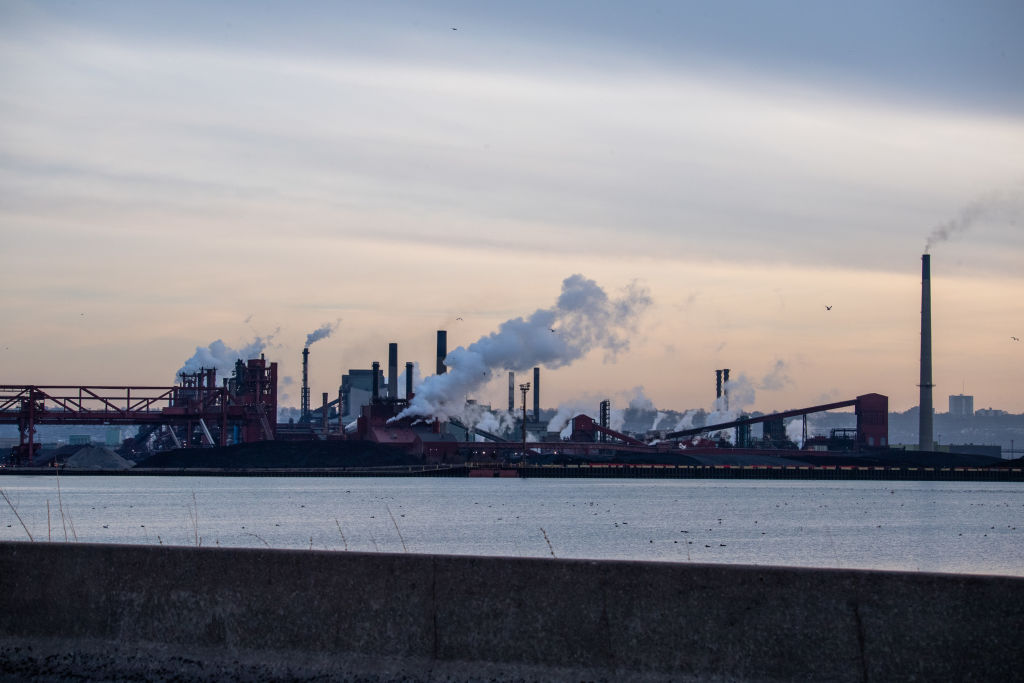Help is on the way for fertiliser sector, says Commission
The ammonia value chain is struggling with uncertainty as emissions trading requirements change – the culprit is, incoming carbon border levy on imports
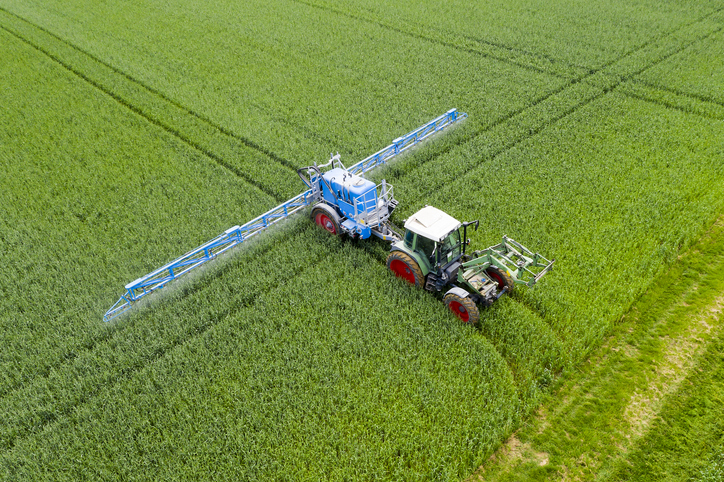
Fertilisers are an often-overlooked cornerstone of European food security and agricultural competitiveness. They deliver the nutrients that keep yields stable on farms across Europe, underpinning everything from commodity markets to rural livelihoods.
At the same time, the fertiliser sector sits at the intersection of two powerful trends: the green transition – including an increasingly stringent EU Emissions Trading System (ETS) – and a new carbon border levy, the Carbon Border Adjustment Mechanism (CBAM), which takes effect on 1 January 2026.
Together, policy uncertainty surrounding the ETS and the introduction of CBAM are squeezing producers and importers, which could have consequences for prices, investment, and Europe’s capacity to produce food domestically.
Taxes and burdens
“We are asked to decarbonise, we put a lot of money into the engineering to prepare for this, but then taxes and burdens are preventing investment in green technologies,” said Leo Alders, CEO of Belgian fertiliser company LAT Nitrogen, at a recent Fertilizers Europe event in Brussels. “If we keep going like this, it’s not going to bring us where we need to go.”
Maria Elena Scoppio, director of the Commission’s taxes and customs union department, responded at the event that they are aware of the concerns and are looking at ways to give the industry more certainty to make green investments. “I hear what you’re saying, you need deregulation and simplification, and the Commission is doing its part,” she said.
“But there is an elephant in the room – member states are also responsible. So, this call for deregulation and simplification should not only be directed to the European Union but also to the way in which the rules are first implemented in the national legislation and second are completed by national rules.”
She noted that the complaints about a lack of EU funds for financing green investments should be directed at national capitals. “The Commission has no money; it only has the money that member states are willing to give to it. The MFF [EU-long-term budget] is coming, and they don’t want to give us any money, even less than before.”
Green potential
Industry representatives say that there are very promising new technologies that can lower the emissions of the fertiliser sector, but the problem is that the current policy framework isn’t incentivising investment in them.
Tiffanie Stephani, vice-president for government relations at the Norwegian chemicals company Yara International, which produces nitrogen-based mineral fertilisers, outlined the potential at the event. “It all starts with ammonia, which is essential but is also the part where most of the emissions come from,” she explained. “On average, the carbon footprint of fertilisers produced by European industry here in Europe is roughly 50-60% lower than the averages on the global market. But we can do more.”
“We need to be technology neutral and make sure different industry players can tap into different solutions. One is Carbon Capture and Storage (CCS), another is moving into switching the production from using natural gas to using renewable energy via electrolysers. These two pathways are being implemented here and there, but there are a lot of steps and blocks.” CCS could reduce the carbon footprint of fertilisers by up to 70%, and renewable fertilisers could reduce the carbon footprint by up to 90%, she said.
The Dutch energy producer association Energie-Nederland recently unveiled a report on green fertiliser demand creation, which found that the extra price for end products is relatively low (a 1% premium), but the cost for producing them is massive. “So, we asked, which markets and products are really suited for demand creation?” he said.
They also asked who should bear the cost—the consumers, the retailers, the farmers or the producers? If there were to be a mandate, who should be mandated?
Labelling schemes
Another solution they looked at was creating a labelling scheme to show which fertilisers are green and made in Europe. “I think we can have these mandates, but we need to enter this phase not talking about demand creation as something that would be nice to have, but the Commission needs to think about how we can do this.”
Aurica Pripa, EU public affairs representative for the Finnish food producer Paulig, said that their experience has shown that consumers will not be willing to pay the price for these investments. “Only 9% of consumers say they’re willing to pay the cost for low-CO2 food,” she said, brandishing a packet of Paulig’s wraps, which are labelled as low-CO2.
“Around 25% of the wheat comes from regenerative agriculture,” she explained. “Is it easy? Is it cheap? No. The first challenge for the food industry is the complexity and fragmentation of the supply chain, which often leads to misaligned interests.”
CBAM concerns
Many of the industry attendees at the event expressed anxiety about the incoming CBAM requirements.
CBAM was put in place to protect European companies from competition from companies in countries that do not face the same stringent climate obligations as in Europe. A charge will be added to imports from those countries starting next year. At that time, European companies will see the free allowances given out so far under the ETS phased out, because they will be compensated by the burden placed on their less-green competitors.
But Alders said that CBAM doesn’t seem to be ready yet, and he called for a two-year pause of free allocations phase-out, allowing for the effects of CBAM to be studied and the system recalibrated.
Scoppio said that the phase-in of CBAM already allows for such recalibration. “The timetable is going to plan,” she said, explaining that obligations effectively won’t start until 2027, and in the meantime, free allowances for European companies are not being immediately ended but rather phased out over eight years.
“We fully understand the challenges; they’re not only in your sector but all sectors are now suffering,” she said. “Those challenges have not been made easier at first glance. But I really recommend that we don’t stop now, that we look at the long-term objective of what we’re trying to do.”
“On ETS free allowances, there is concern they are ending too soon – I hope that on our side we can help,” she said. She noted that the Commission is looking into ways that green fertilisers produced in Europe could be made more competitive for export. “CBAM only works within Europe. The Commission is looking at possible measures to support exports.”
She said as the ETS and CBAM changes take place, the Commission wants to hear from industry about what is and isn’t working. “We need to know where there are loopholes or where there are problems. Of course, it is easier to say please postpone all of this forever because now we have bigger fish to fry, the situation is too dire, and we need to help our industry more than the climate. What if the two were possible? We can at least try.”
(BM)


